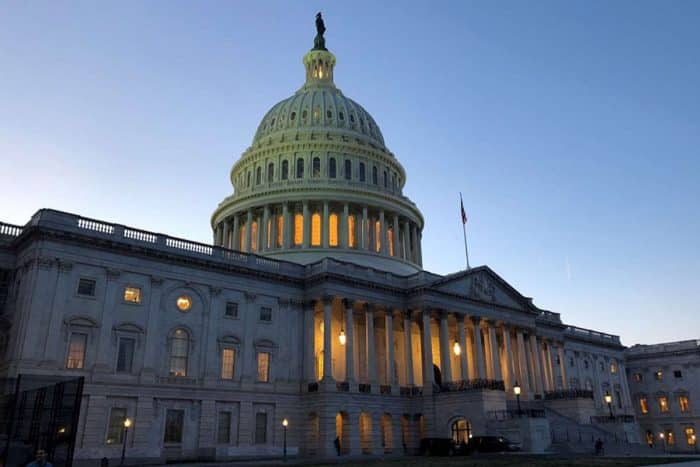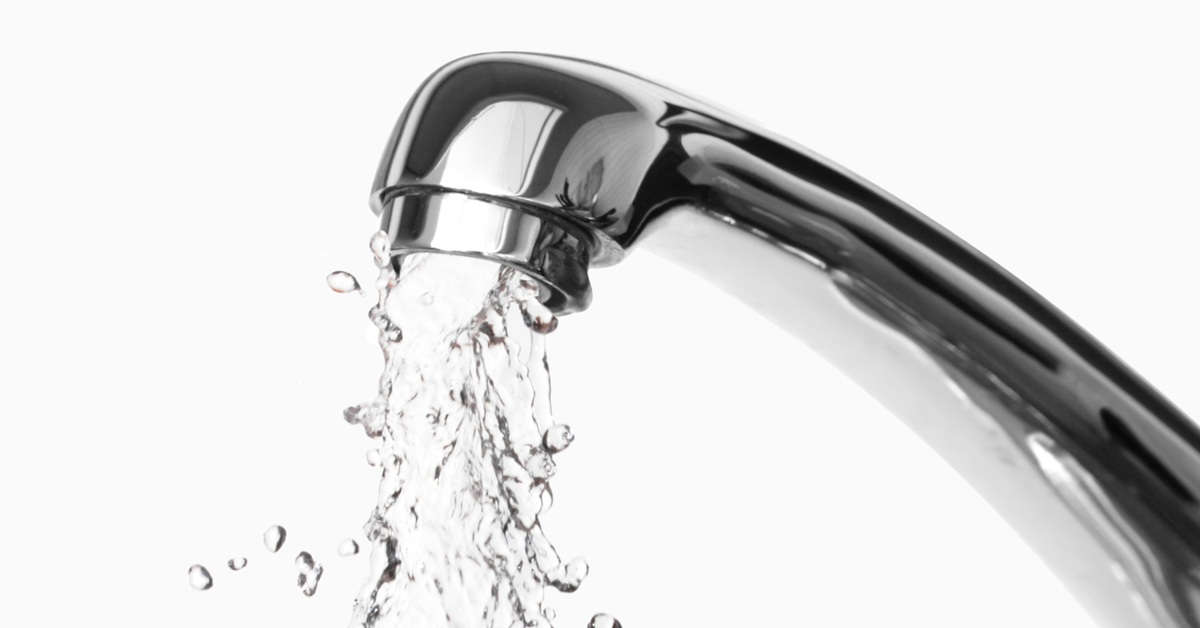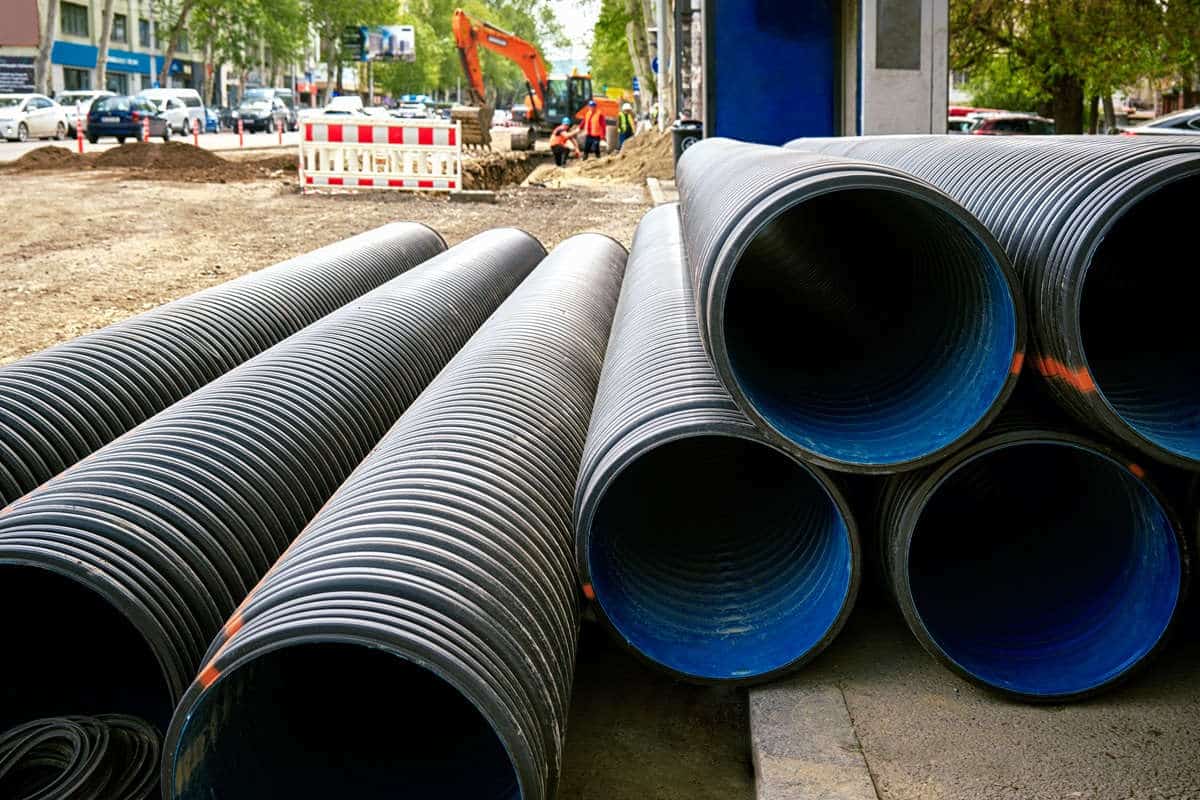House Reauthorizes Water Resources Development Act

The U.S. House of Representatives last week passed legislation to reauthorize the Water Resources Development Act (WRDA), a biennial bill that authorizes U.S. Army Corps of Engineers projects. The bill, H.R. 8812, passed by a vote of 359 to 13.
WRDA authorizes the U.S. Army Corps of Engineers (Corps) Civil Works Program for projects to improve the nation’s ports and harbors, inland waterway navigation, flood and storm protection, and other aspects of our water resources infrastructure. These are locally-driven projects that also deliver regional and national benefits for strengthening the nation’s global competitiveness and supply chain, growing the economy, moving goods throughout the country, protecting communities from flooding, and more.
H.R. 8812 authorizes 161 new feasibility studies for locally proposed projects and 12 projects that have been thoroughly reviewed by the Corps and have culminated in a final report to Congress with approval by the Chief of Engineers or the Director of Civil Works.
The bill also makes commonsense Corps reforms that empower the non-federal project sponsors, increase project transparency, and improve project delivery. Provisions in WRDA will strengthen existing alternative delivery processes and create similar alternative delivery methods within the continuing authorities program (CAP) for smaller projects. The bill requires the Corps to track National Environmental Policy Act (NEPA) documents for water resource projects through their online permitting dashboard. And the legislation creates a new initiative to assist non-federal interests in accessing resources at the Corps to get new projects studied and constructed.
One notable provision in the bill is language supported by the Association of Metropolitan Water Agencies (AMWA) and led by Rep. Grace Napolitano (D-Calif.), to elevate water supply and conservation as a priority of the U.S. Army Corps of Engineers. According to AMWA, the Corps has traditionally focused on navigation, flood control and environmental restoration, with water supply and conservation being a secondary issue. AMWA said Napolitano’s provision would aim to change this, placing water supply on equal footing with other priorities.
In addition, the legislation reauthorizes the Federal Emergency Management Agency’s (FEMA’s) National Dam Safety Program through 2028 and makes changes to strengthen the High Hazard Potential Dam program, including requiring that rehabilitated dams are maintained and appropriate floodplain management plans are in place.
“WRDA delivers critical water resource infrastructure improvements for communities across America – from ports to levees to navigation channels, and more. The bill also makes policy and programmatic reforms to streamline processes, reduce cumbersome red tape, and get projects done faster,” said Transportation & Infrastructure Committee Chairman Sam Graves (R-Mo.). “I’m particularly proud that this bill charts a new path forward for systemic flood control on the Upper Mississippi River, takes significant steps towards ensuring flood control and navigation are the top priorities on the Missouri River, helps shore up the PL 84-99 program to better help states and local communities after floods, and provides long-overdue reforms to move rural projects forward.”
Earlier this year, the Senate Environment and Public Works Committee unanimously passed a version of the WRDA that did not include the water supply or data-sharing provisions. According to AMWA, Congress is expected to negotiate a final WRDA bill in the coming months, with the goal of sending the final text to President Biden’s desk by the end of the year.
The Transportation and Infrastructure Committee has developed and passed WRDA legislation on a bipartisan and biennial basis since 2014.




